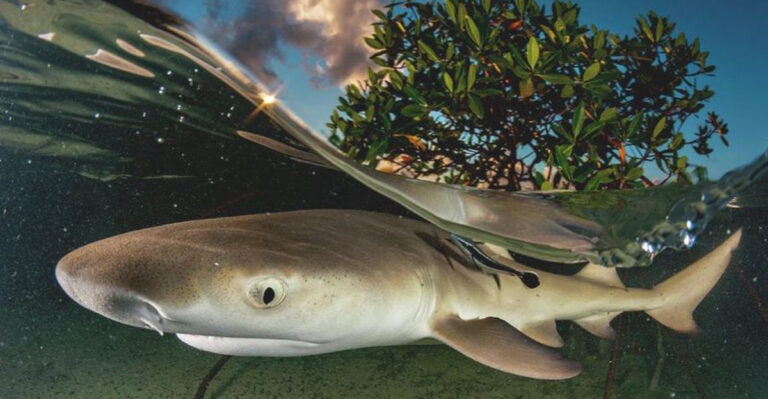15 Of The Most Aggressive Freshwater Fish That Have Invaded U.S. Waterways
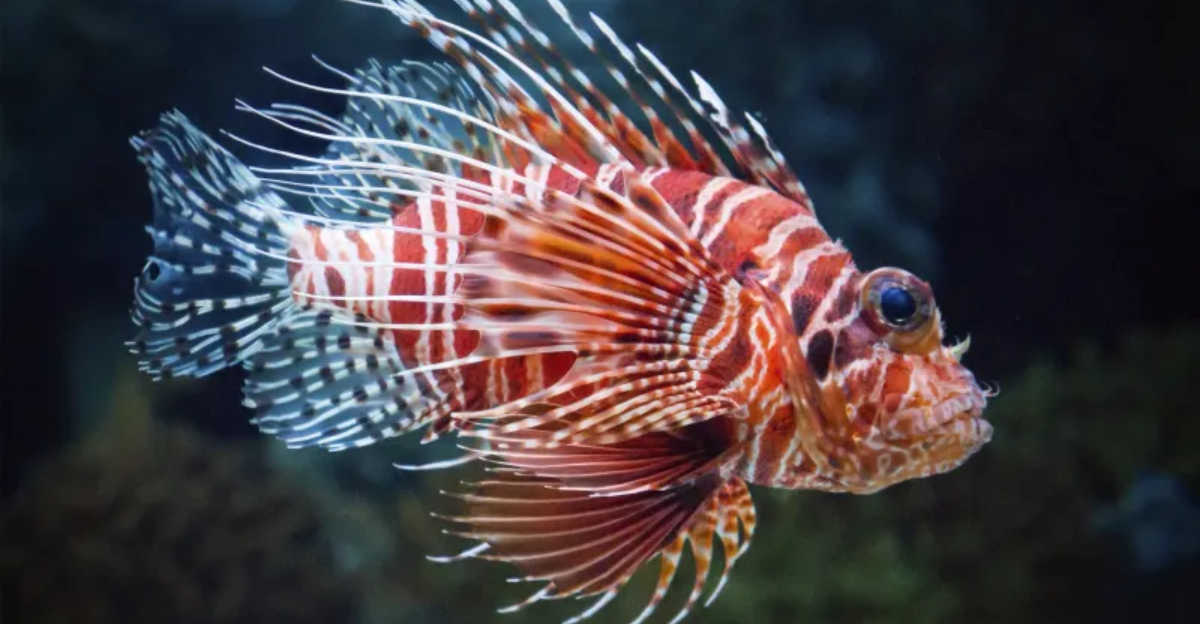
Picture this: a serene lakeside where you might imagine a family picnic. Suddenly, beneath the water, lurks an unexpected menace.
The United States, with its vast and varied freshwater systems, has become home to some fierce foreign invaders.
These aren’t your average fish – they’re aggressive, unpredictable, and have made themselves at home in waters far from their native habitats.
1. Northern Snakehead
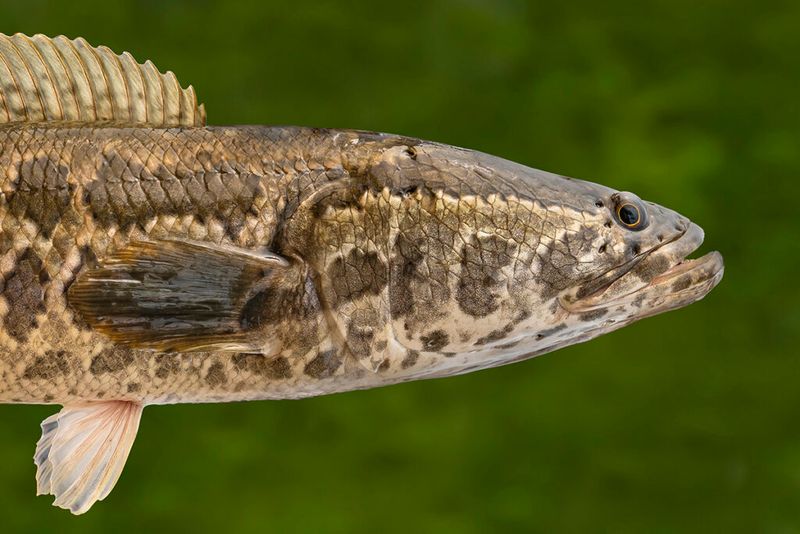
Ever seen a fish that can walk on land? The Northern Snakehead is one such marvel, lurching from puddle to puddle in search of a new home.
Native to Asia, they’ve found their way into American waterways, causing quite a stir. These fish are fierce predators, devouring anything from other fish to amphibians, altering entire ecosystems.
With its torpedo-like body and a hunger for dominance, the Northern Snakehead is not a fish you’d want to meet on a dark waterway.
2. Asian Carp
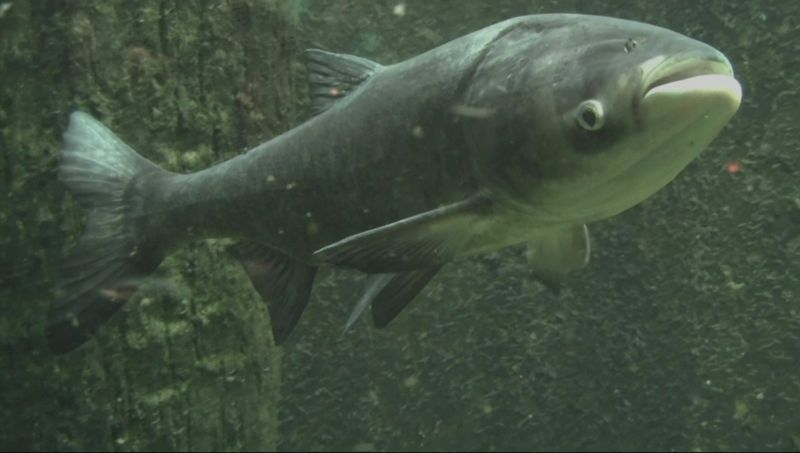
Imagine a fish that jumps out of the water when startled—sounds like a scene from a movie, right? Asian Carp have turned parts of U.S. waters into their playground.
These fish are voracious eaters, consuming up to 20% of their body weight daily, which can decimate the food supply for native species.
Originally brought to control algae, they’ve become a problem themselves. Their leap can even knock small boats over, making them both a nuisance and a danger.
3. Bullseye Snakehead
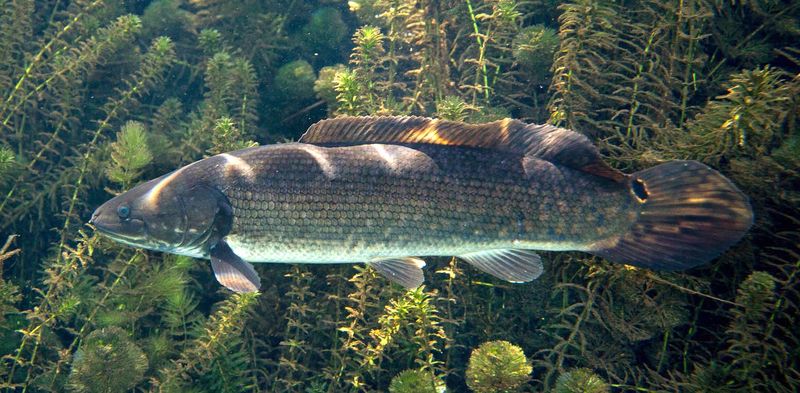
Florida’s canals might seem tropical and inviting, but lurking within could be a Bullseye Snakehead. This fish, with its striking bullseye pattern, isn’t just a pretty face.
Known for their aggressive behavior, they eat anything they can catch, disrupting local ecosystems. They’ve quickly adapted to the warm waters of Florida, outcompeting native species.
Their ability to breathe air and survive on land for short periods makes them a formidable invader.
4. Lionfish
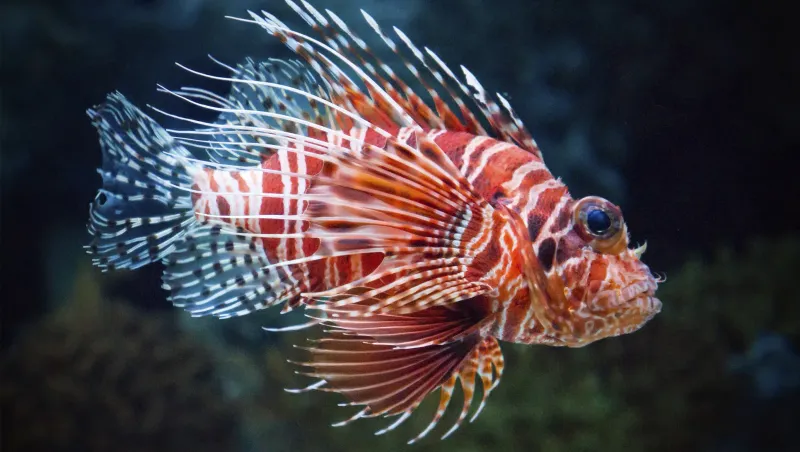
With its flamboyant stripes and venomous spines, the Lionfish is both stunning and dangerous. Native to the Indo-Pacific, they’ve invaded the Atlantic and Gulf of Mexico.
These fish are expert hunters, consuming small fish and crustaceans, leading to declines in native populations.
Their venomous spines deter predators, allowing them to proliferate unchecked. Their beauty masks a lethal impact on delicate reef ecosystems, making them a top concern for conservationists.
5. Zebra Mussel
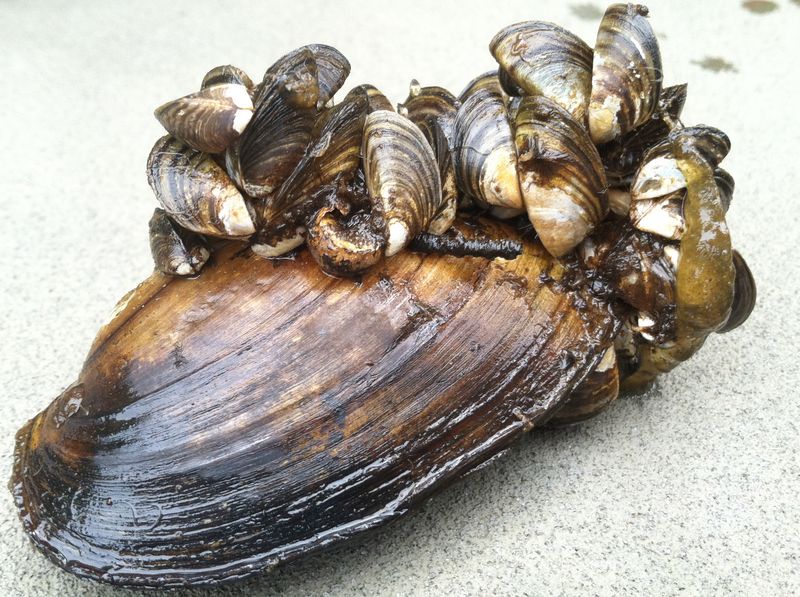
While not a fish, Zebra Mussels deserve a mention for their aggressive spread throughout U.S. waters. Small but mighty, they attach to surfaces in dense clusters, clogging water pipes and damaging infrastructure.
Originating from Eastern Europe, they’ve outcompeted native species, altering ecosystems. Their sharp shells litter beaches, causing trouble for barefoot visitors.
Their rapid reproduction and resilience make them a persistent and pervasive threat to freshwater habitats.
6. European Green Crab
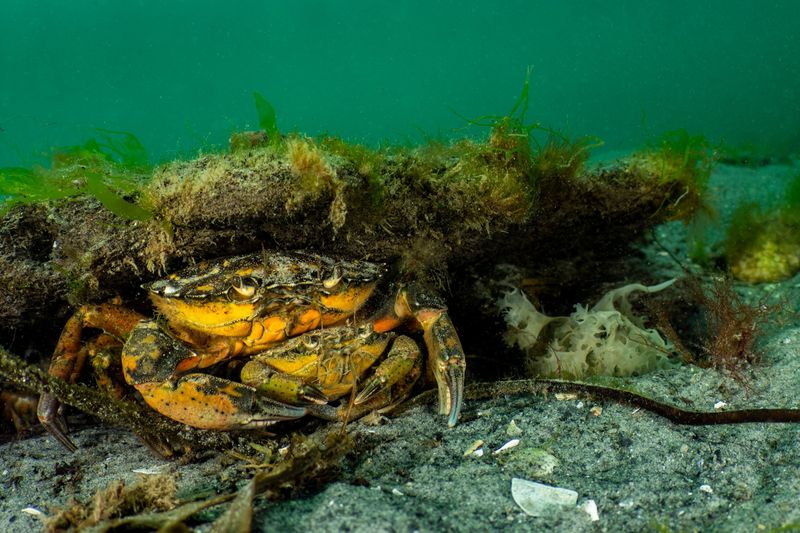
Don’t let the size fool you – the European Green Crab is a powerhouse of destruction. Found along the U.S. coasts, this crab preys on shellfish, threatening commercial fisheries.
Its voracious appetite and rapid reproduction lead to significant ecological impact. Native to Europe, it has spread widely, adapting to various environments.
The crab’s tenacity and adaptability make it a formidable invasive species, causing headaches for both ecologists and fishermen.
7. Red Swamp Crayfish
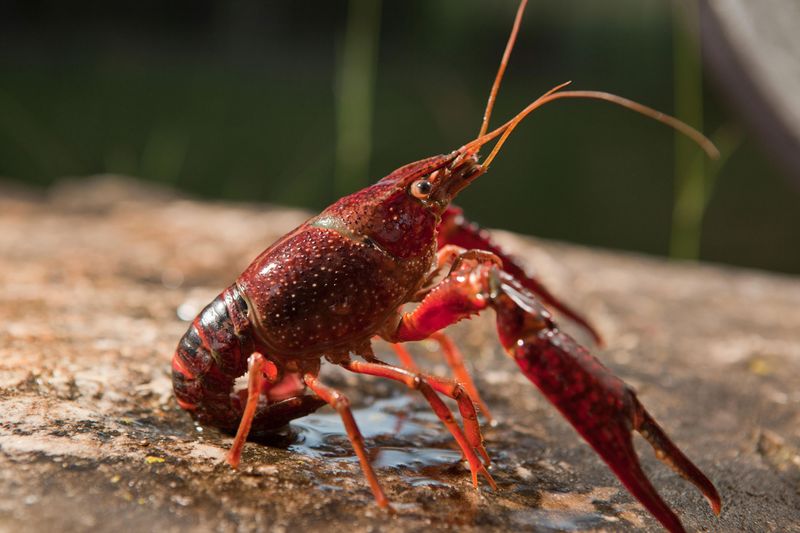
Crayfish boils might be a Southern delicacy, but the Red Swamp Crayfish is better left off the menu.
Originally from the Southeastern U.S., this crayfish has spread across the country, becoming a pest in many regions.
Known for its burrowing habits, it damages banks and water infrastructure. Its diet of plants, insects, and small fish disrupts local ecosystems.
Despite its small size, this crayfish can have big impacts wherever it invades.
8. Round Goby
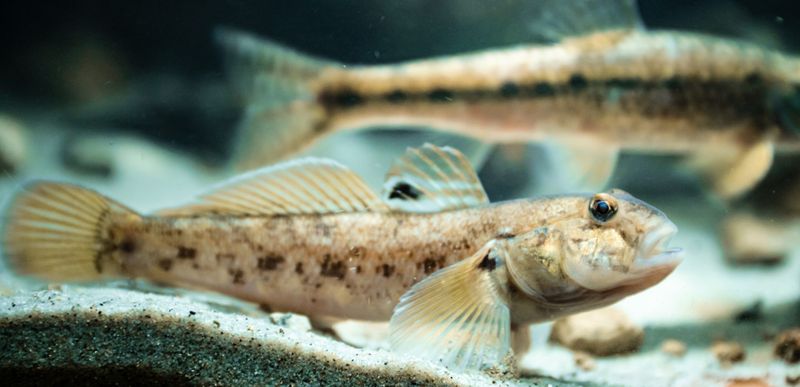
The Round Goby might seem unassuming at first glance, but this small fish packs a punch in the Great Lakes.
Native to Eurasia, they outcompete local fish for food and habitat, altering the delicate balance of these ecosystems.
Known for their aggressive nature and rapid reproduction, they’ve quickly become one of the most problematic invasive species in the area.
Their expansion has been relentless, impacting both native species and local fisheries.
9. Brook Trout
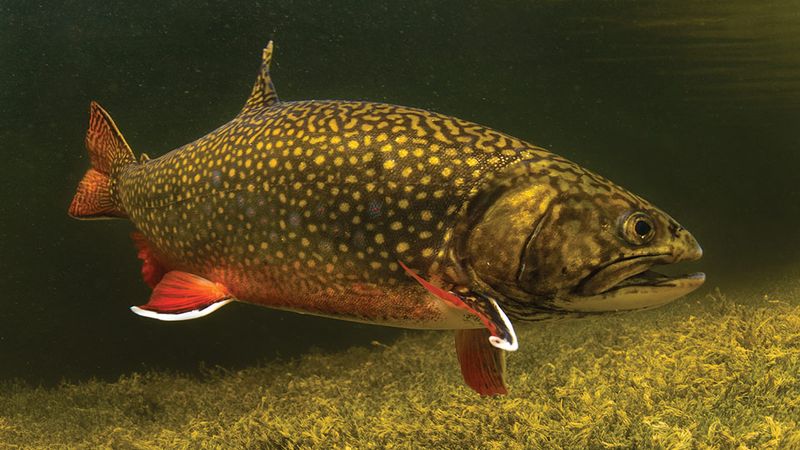
Brook Trout bring a splash of color to mountain streams, but they’re not always welcome. While native to Eastern North America, they’ve been introduced to Western states, outcompeting local fish.
Known for their aggressive feeding habits, they can decimate insect populations and disrupt the local food web.
Their adaptability to various water conditions makes them a successful invader, filling streams and rivers with their vibrant presence.
10. Flathead Catfish
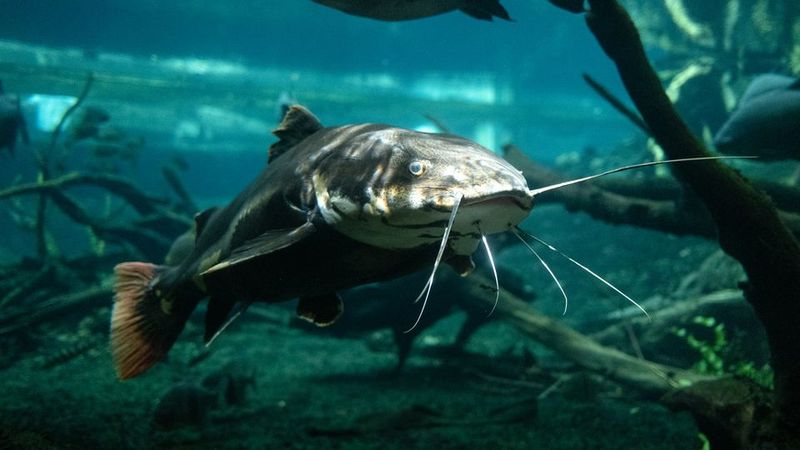
A night-time ambush predator, the Flathead Catfish is a formidable presence in Southern U.S. rivers. Known for its large mouth and voracious appetite, it preys on fish and crustaceans, growing to impressive sizes.
Their ability to adapt to various environments has led to their successful spread beyond their native range.
As apex predators, they can significantly impact local fish populations, making them a concern for conservationists and anglers alike.
11. Bighead Carp
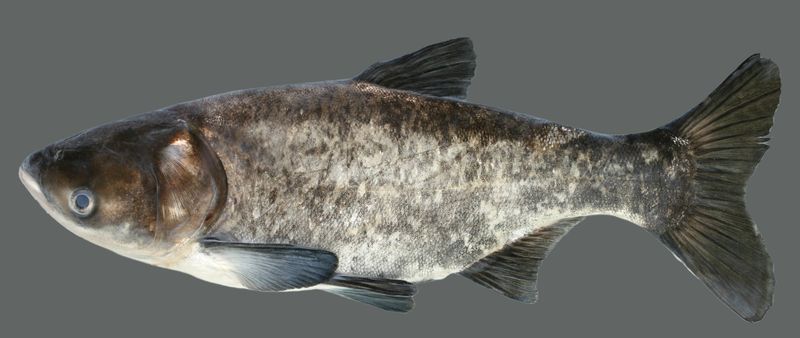
If you think a fish can’t have a personality, you haven’t met the Bighead Carp. This quirky fish, with its oversized head and voracious appetite, has become a major concern in U.S. rivers.
Consuming massive amounts of plankton, they leave little for native species. Known for rapidly growing to large sizes, they can outcompete many local fish.
Their presence has altered entire aquatic ecosystems, making them one of the more serious aquatic invaders.
12. Argentine Ant
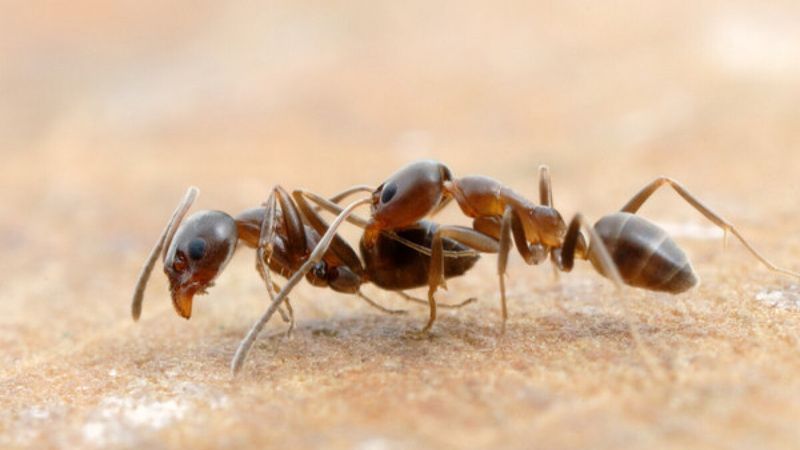
Though not aquatic, the Argentine Ant’s impact is far-reaching. These tiny invaders create supercolonies, displacing native ants and disrupting local ecosystems.
Their aggressive nature and strong foraging skills lead to significant ecological changes, affecting everything from plant pollination to food chains.
Originating from South America, they’ve spread across the U.S., becoming a pest in urban and natural environments alike.
13. Nile Perch
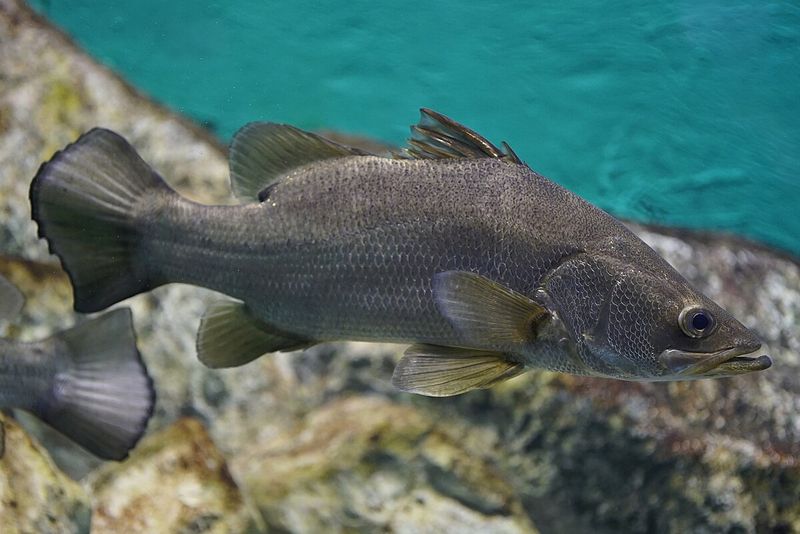
If you thought lakes were serene, wait until you meet the Nile Perch. Known for their enormous size and appetite, they’ve been introduced to African lakes but pose a potential threat elsewhere.
Their predation has led to the decline of numerous fish species, affecting biodiversity. Despite their destructive impact, they are also a valuable food source, creating a paradox for conservationists.
Their presence is both a blessing and a curse for ecosystems.
14. Rusty Crayfish
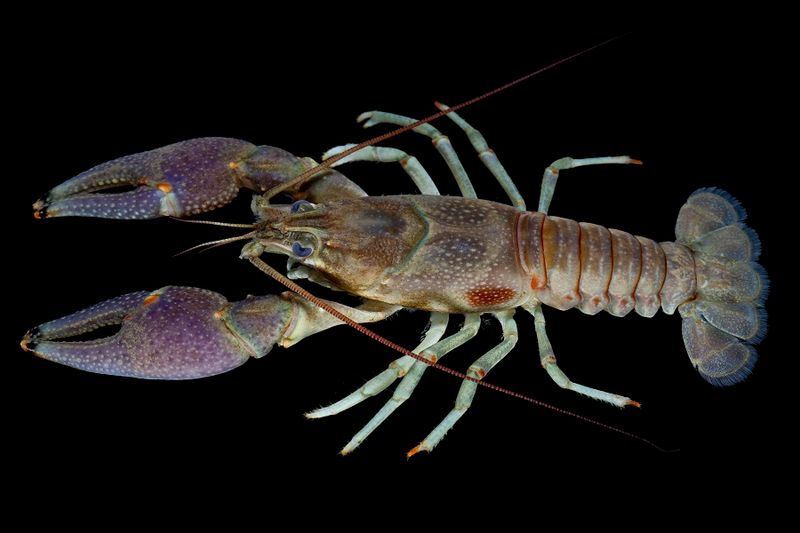
Rusty Crayfish might sound like a character from a novel, but their destructive habits are no fiction.
Introduced to various U.S. waters, they aggressively compete with native crayfish, disrupting aquatic vegetation and habitat.
Their ability to breed rapidly and adapt to different environments has made them a formidable invader.
They’re known for their boldness, sometimes taking on creatures much larger than themselves, which can lead to significant ecological shifts.
15. Tench
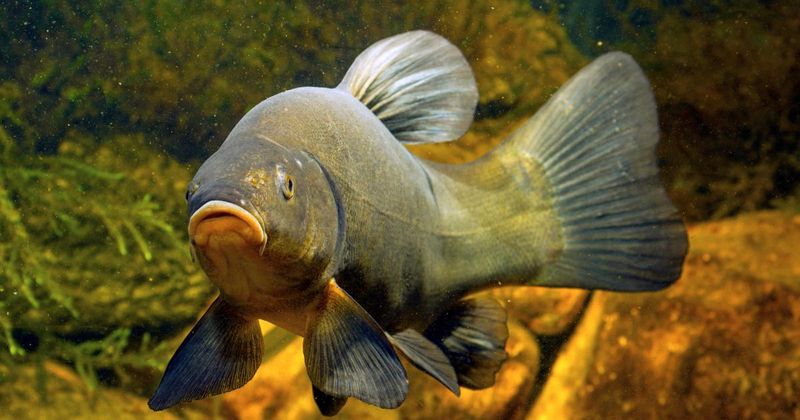
The Tench, with its olive-green sheen, might look harmless, but don’t be fooled.
Introduced to North America for sport fishing, they’ve become problematic in many areas. Known as “doctor fish” for their slime, they compete with native fish for food and habitat.
Their presence can lead to decreased water quality and altered ecosystems. Despite their unassuming appearance, their impact on local environments is anything but subtle.


